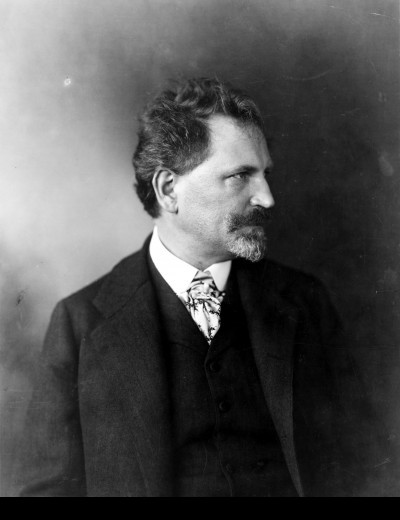
Alphonse Maria Mucha
About
Alphonse Maria Mucha was born in 1860 in Ivancice, Moravia, which is now in the Czech Republic. He started drawing before he was walking and as he grew up, he was determined to become an artist.
He started his career in Vienna in his teens, when he worked as a scenery painter in the theatre.
He went to Paris in 1887 when he was 27 years old. He studied at the Academie Julian, although he was rather older than the other students. He spent some years in poverty, perfecting his art and shared a studio with Gauguin for some time.
In January 1985, he created a poster for a play by the famous actress Sarah Bernhardt called Gismonda. This was in the new style known as Art Nouveau. Overnight Mucha's name became a household word. Bernhardt signed him to a six year contract to design all her posters, sets and costumes.
Mucha became very successful and in 1898 moved to a new studio. At the World's Fair in Paris in 1900, he designed the Bosnia-Hersegovina pavilion. His fame spread around the world, and his illustrations appeared in a variety of American magazines. Portraiture commissions also poured in.
Alphonse Mucha is the most famous name associated with the Art Nouveau period. His flowing beautiful pictures had a great effect on the fashions of the period, when society ladies tried hard to imitate the style of the great beauties he portrayed.
Mucha took a much more serious line in the 10's and 20's, drawing patriotic subjects and chronicling major events of the Slav nation.
When the Germans invaded Czechoslovakia, the 79-year old Mucha was arrested and was ill treated at a Gestapo questioning session. He died shortly thereafter on July 14th, 1939.